What's your theme?
Fort William is the outdoor capital of Scotland. St Andrews is the home of golf. How can your town build on what it does well to generate more visitors, footfall and local pride?
Firstly, be authentic – check out the ideas and examples in Culture > Be authentic for more on that. Then generate enthusiasm amongst local businesses, get support from the public sector, and commit to sustained collaboration – and you’ll reap the benefits, as the following examples show!
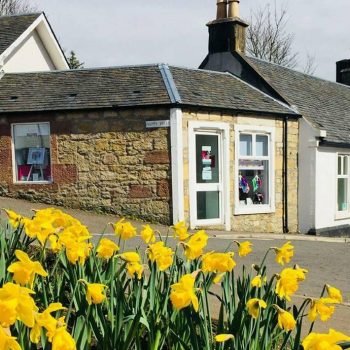
West Kilbride: Craft Town Scotland
West Kilbride is a coastal town with strong links to arts and crafts, particularly weaving and textiles. By the mid 1990s consumers moved away from buying locally and as a result, 50% of high street businesses had ceased trading.
In 1998 a group of community activists and elected representatives launched West Kilbride Community Initiative Limited (WKCIL) as a vehicle to regenerate the community by creating Scotland’s only designated Craft and Design Town and in doing so, gained national and international recognition.
The main ethos of the organisation was to use crafts in the social, economic, cultural and environmental regeneration of the community. The underlying principle was that craft was at the centre of the activities of Craft Town Scotland. These activities are brought to life by the initiative’s board of directors, paid staff and the valuable contribution of local volunteers.
Over the subsequent years the initiative - with support from local and national funders, such as the Moffat Trust and National Lottery - bought or were gifted 9 of the empty premises and turned them into working studios, with affordable rents, for a wide range of local Makers and Artists – each one using a different discipline. The studios serve as a platform for Makers and Artists to develop their skills, widen their network and evolve their craft business.
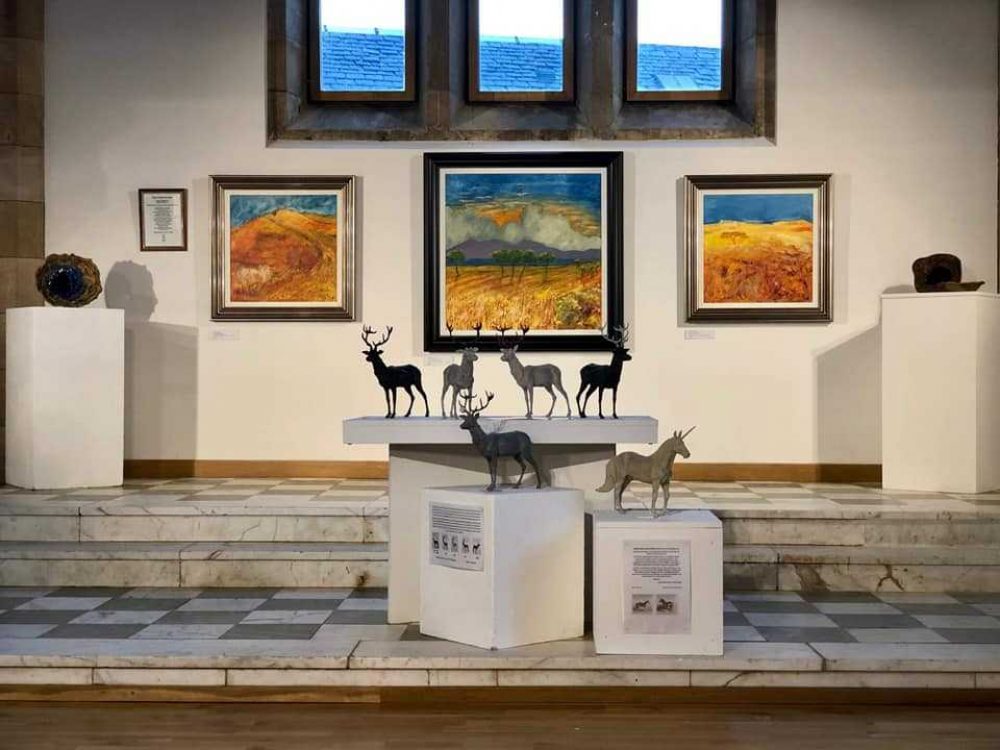
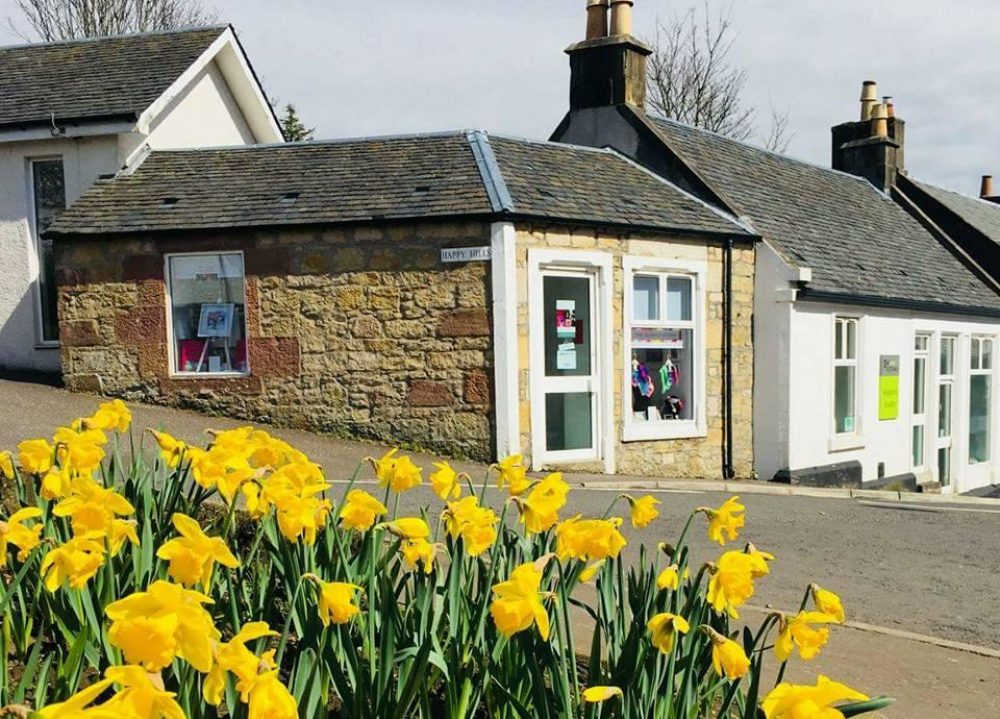
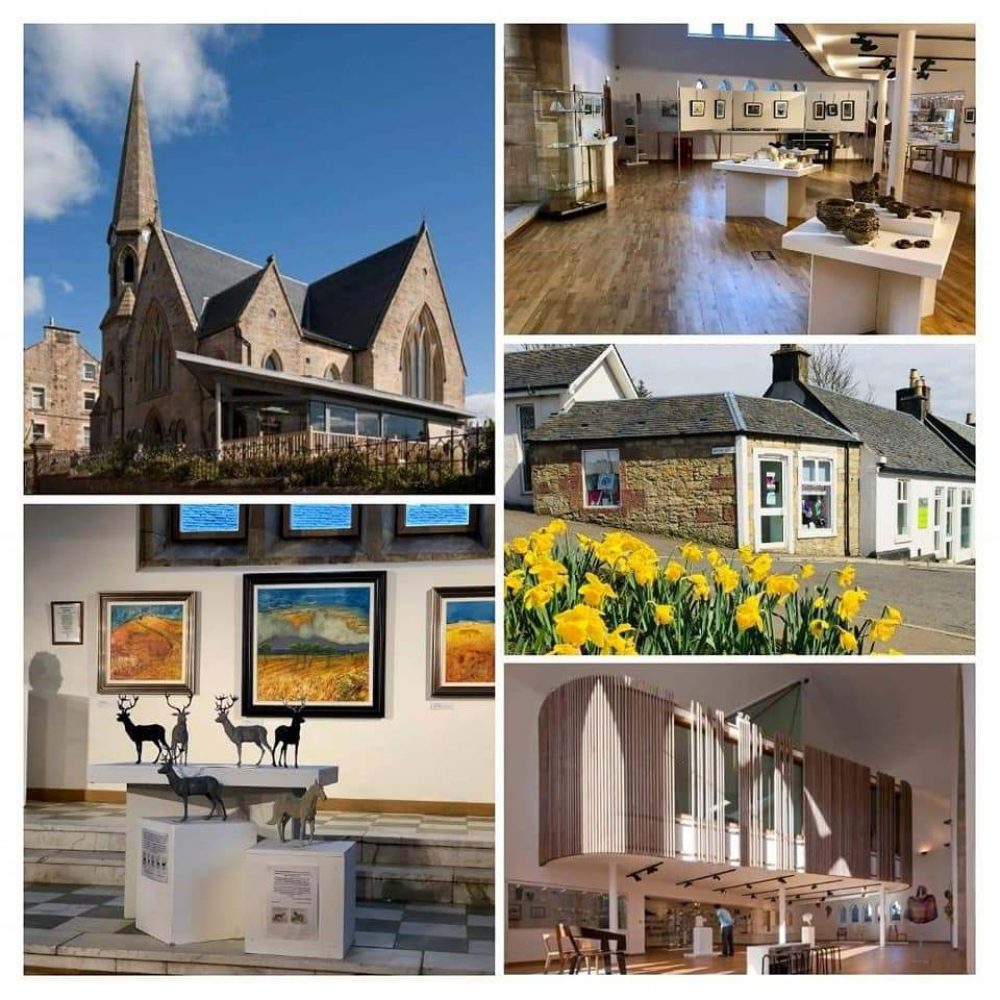
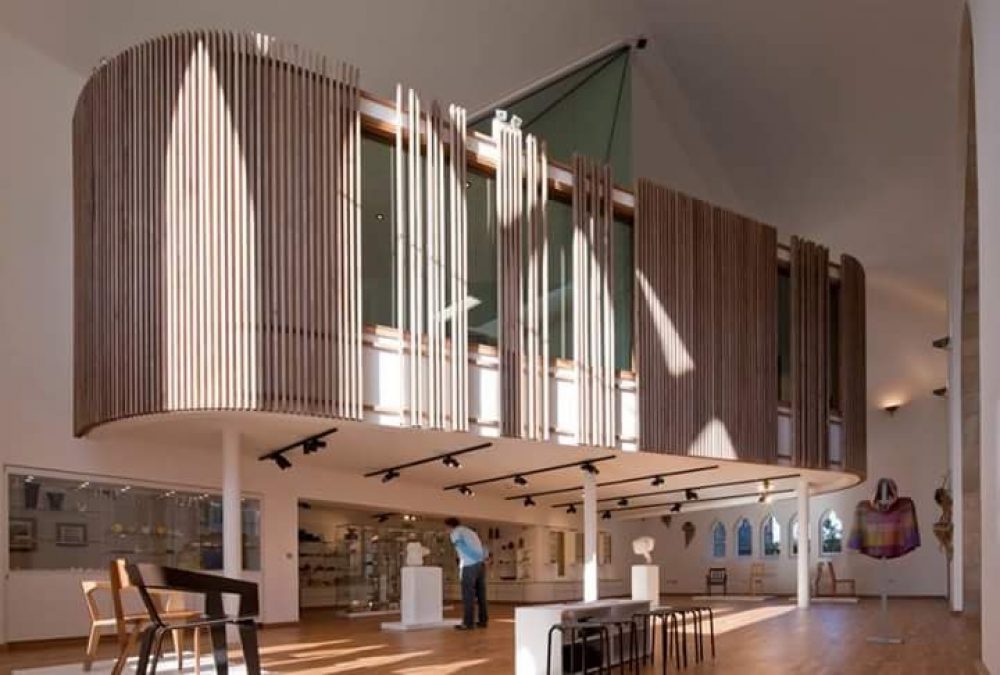
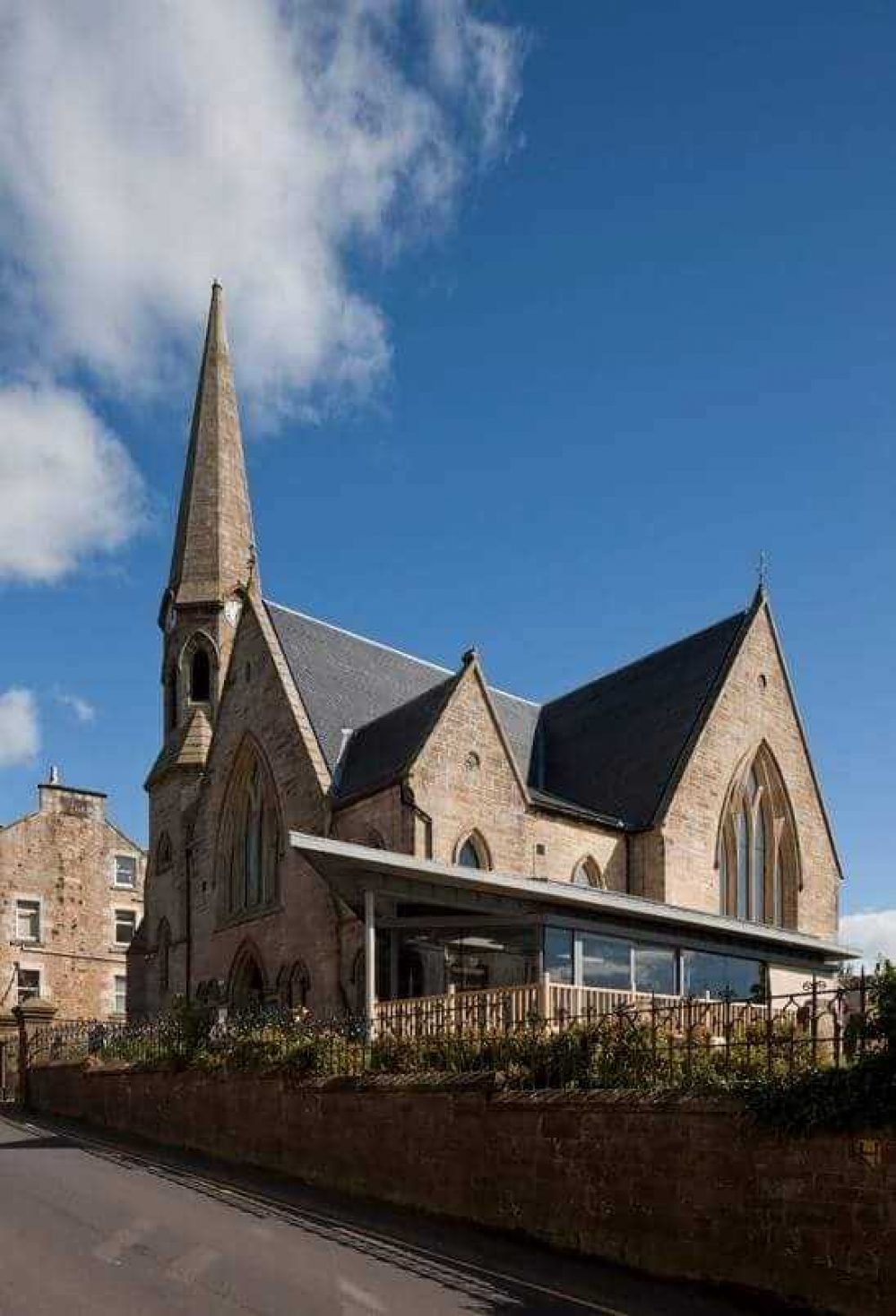
In May 2012 the Barony Centre was opened, creating a community focal point and showcase for the Craft Town Scotland initiative. This is housed in a multi-award winning redevelopment of a 19th century grade-C listed church. A ‘culturally unique’ building, the Barony Centre is a place where creativity inspires and communities connect. This is done through national and locally curated exhibitions held throughout the year, hosting events for local groups such as Microtalks for Creative Works and concerts and exhibitions for the Vertex Festival. Regular arts and crafts classes for people of all ages are also held in our upstairs studios.
Craft Town Scotland continues to work in partnership with local, regional and national organisations, businesses and tourist boards that share their objectives of using craft to unite, strengthen and sustain communities.
Over the years, the look of the town and diversity of its economy have been transformed. The main street is re-energised, with new businesses growing out of the Craft Town concept and the studios. Enterprises include an award-winning bridal outfitter, a sweet maker, a small gallery, an architect, a deli and an ice-cream shop. The pub has been upgraded and the station café is opening again as a bistro. West Kilbride’s entrepreneurial spirit is alive and well!
For more information about how the Craft Town evolved and what it has achieved, read West Kilbride’s story in the Carnegie UK Trust’s Turnaround Towns UK report (page 33).
Kirkcudbright Artists’ Town
Kirkcudbright is Scotland’s Artists Town. Like Castle Douglas and Wigtown, this is built on an existing strength. The town has long been home to artists such as Hornel and the Glasgow Boys. More recently, national exhibitions have come to town, all contributing to an increase in the number of year-round local galleries and studios in in the town centre. All this activity generates business and attracts more visitors.
Between around 1850 and 1950 Kirkcudbright was an established artists’ colony with names like the Faed family, Jessie M King, EA Hornel, the Glasgow Boys and many other painters said to be attracted to Kirkcudbright by the quality of the light.
Now, a couple of generations on, Kirkcudbright is again becoming established as an Art Town. The artists who are working in Kirkcudbright today and the local community are working hard with this goal in mind. The town’s galleries, like the Tolbooth Arts Centre, are full of local art and heritage.
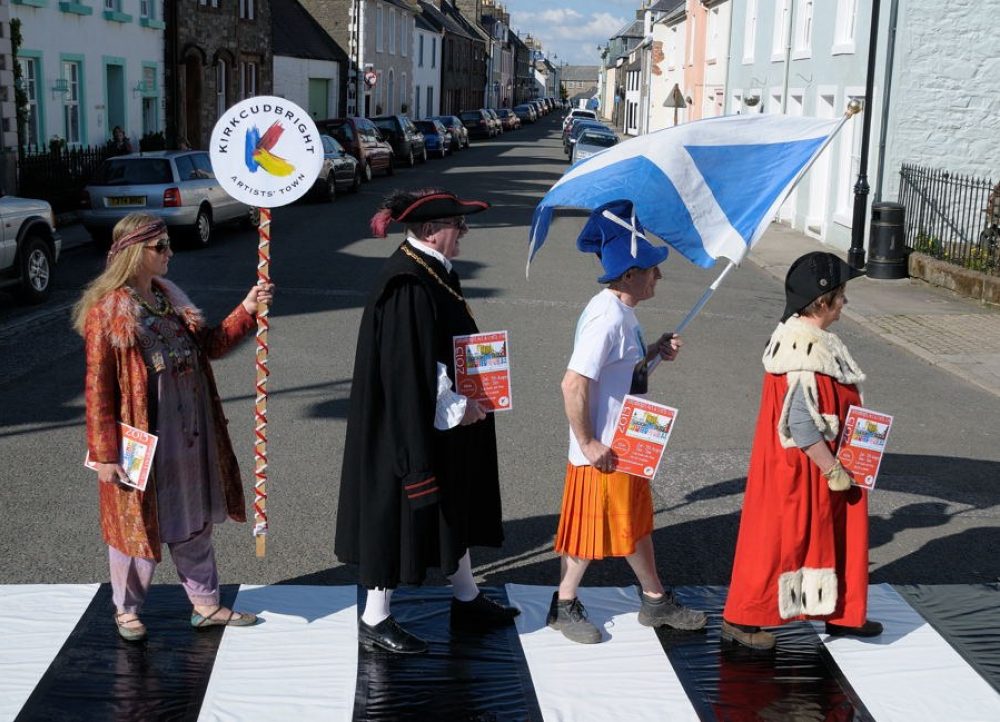

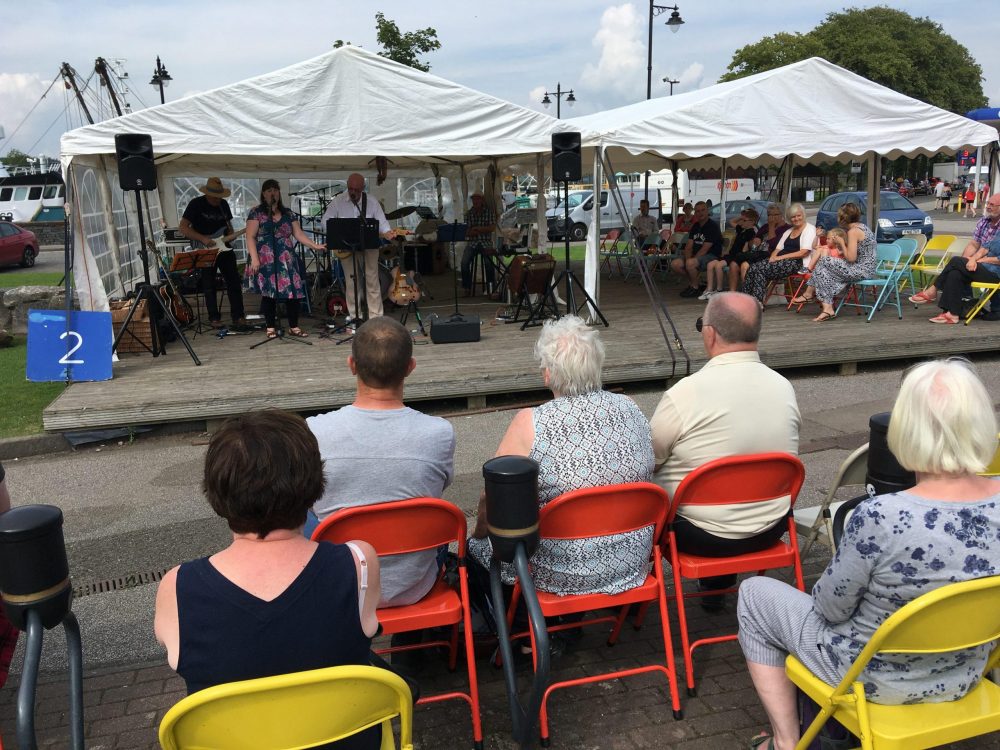
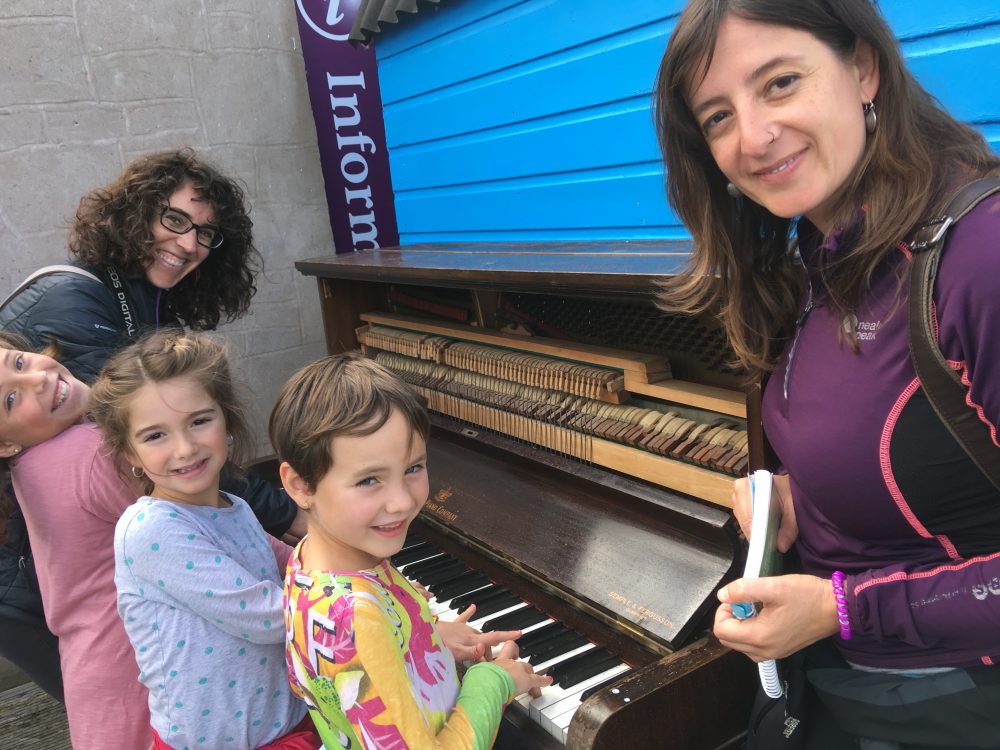
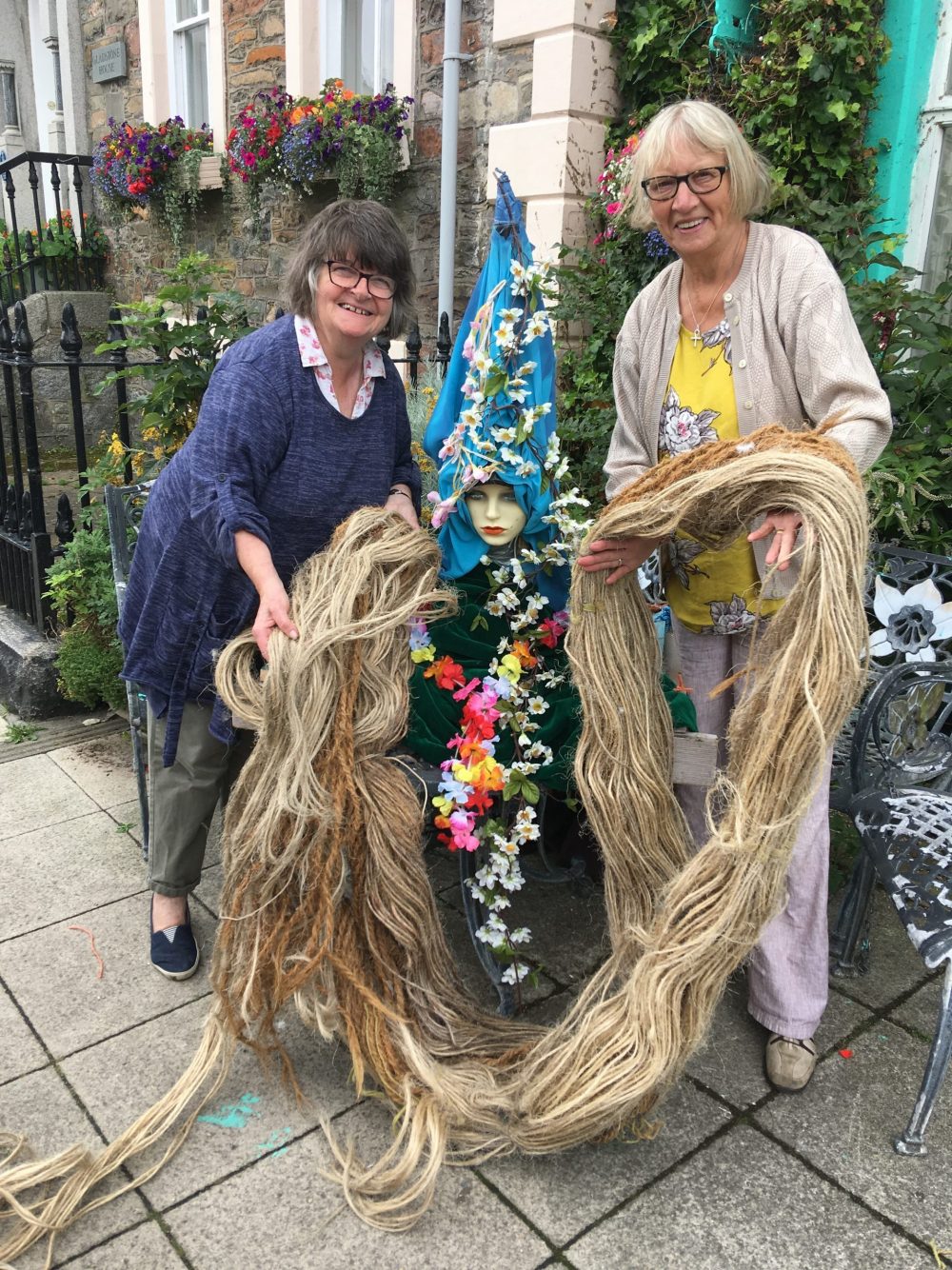
The annual Kirkcudbright Art and Crafts Trail, held over a weekend every summer, sees activities, exhibitions and displays happening all around the town centre.
All this activity is led by the local community, with a number of local organisations collaborating to co-ordinate activity and help secure resources, including the Kirkcudbright Forum, Development Trust and Community Council. Thanks to the efforts of these and others, a major new public art gallery – Kirkcudbright Galleries – opened in the town in 2018, providing a home to display many fine works of art, as well as a café, kids and family activities and an educational programme.
Castle Douglas Food Town
In an age when consumers are often given conflicting advice about what food is good for them and which constituents they should avoid, it is refreshing that Castle Douglas Food Town offers high quality local produce which everyone can enjoy. It is known throughout the south of Scotland as having a great range of independent shops, selling excellent local produce – making the most of the town’s, and the region’s, strengths.
Food Town Day is held every June. It attracts people to come and discover local food producers and sellers. There is always a fantastic buzz along King Street, the town’s main street, which closes to traffic to allow traders to set up food stalls with everything from artisan breads, cakes, pies, fish and meat including locally produced venison, beef and lamb.
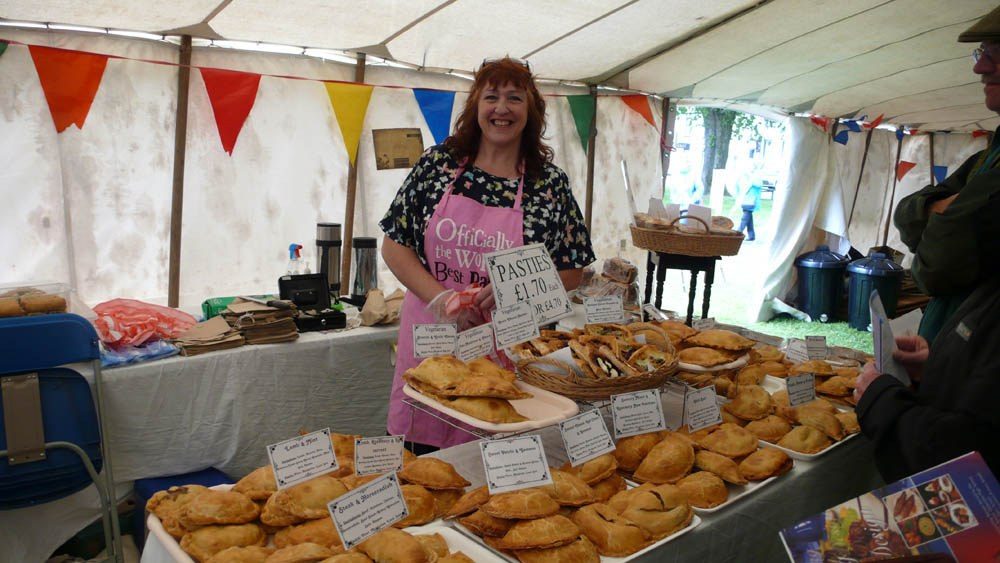
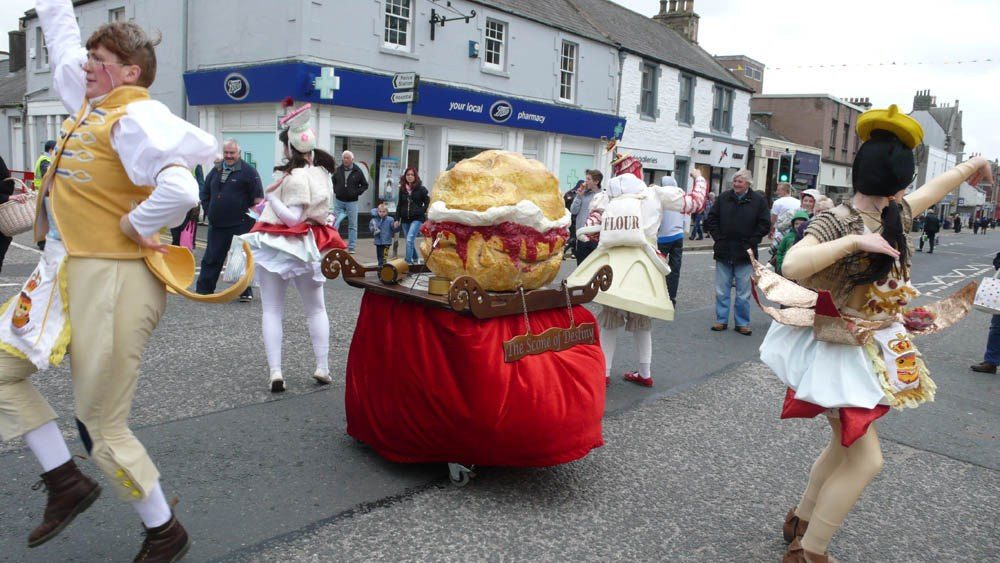
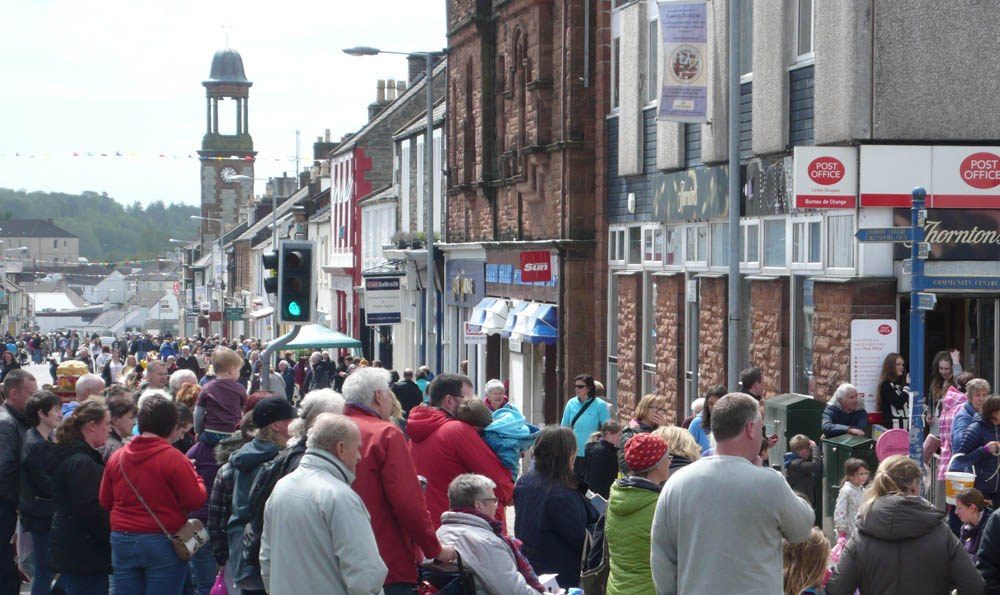
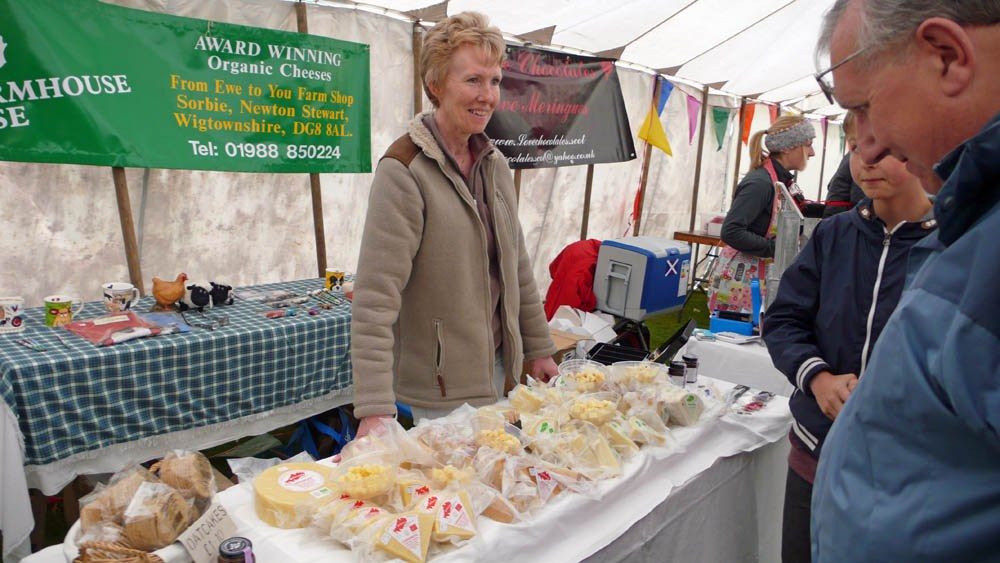
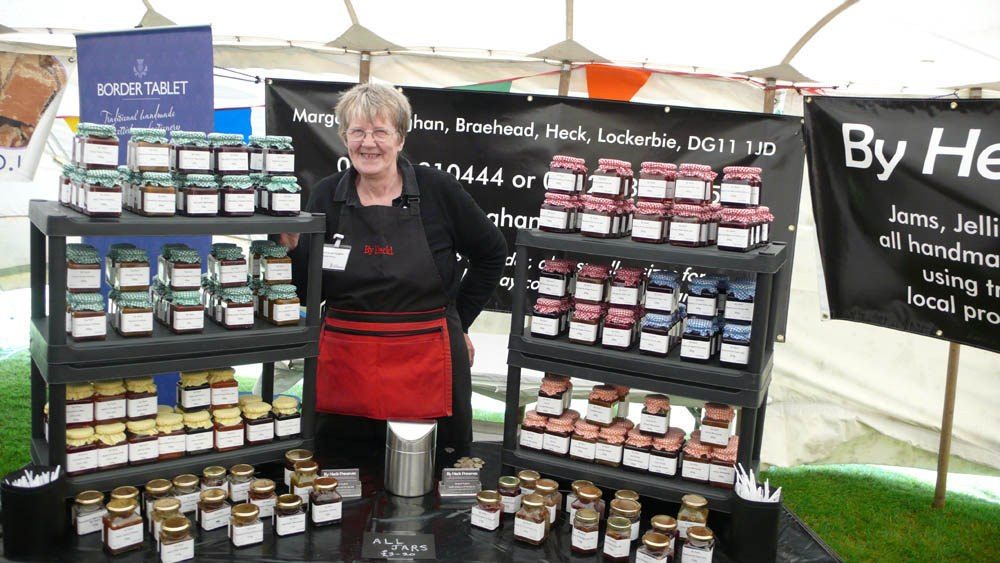
Other initiatives include a ‘Meet the Producers’ event each year, ‘Flavours Fortnight’ and Christmas late night shopping and entertainment. The town’s website has a comprehensive and easy-to-use business directory for visitors and locals, listing around 100 local businesses.
Behind the scenes, the community organisation which co-ordinates the project – Castle Douglas Food Town Initiative – worked with the local authority when Tesco wanted to build a new store in town. They succeeded in persuading Tesco not to create a fresh meat or fresh fish counter in order to safeguard the town’s unique shopping experience and to protect the independents, because they are what make Castle Douglas the town it is. The upshot was that Tesco did not hurt many town centre retailers as much as they thought it it might.
For more information, please contact Sarah-Jane Allsopp, Project Development Officer at Castle Douglas Development Forum: projects@castledouglas.info, tel: 07780 436472.
Wigtown Book Town
Wigtown was officially designated as Scotland’s National Book Town in 1998. From four bookshops then, it is now home to a wide range of book-related businesses and activities. A book lovers’ haven – and with over a quarter of a million books to choose from, old and new … it is impossible to escape empty-handed!
Winning that national designation acted as a catalyst for regeneration with many properties refurbished, including the splendid County Buildings which is now a museum. The town centre gardens were laid out in their present form, and the old mercat cross erected at their centre. New businesses have opened and, although – like any town centre - there is not the same variety of shops there once was, Wigtown has become a magnet for book lovers with its many second hand bookshops.
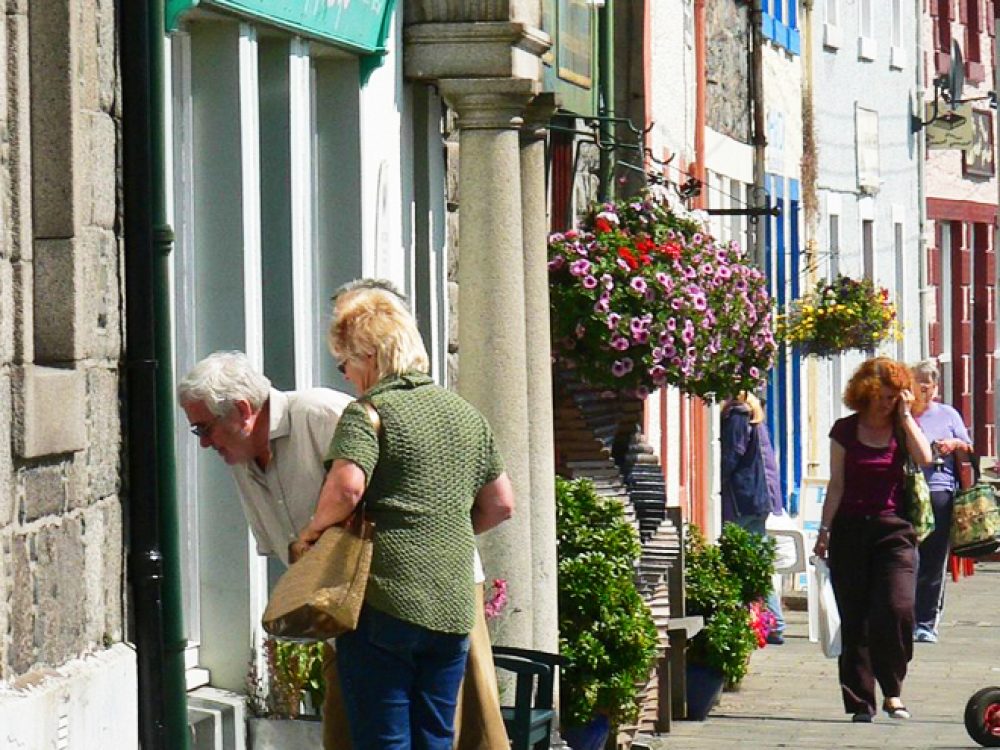
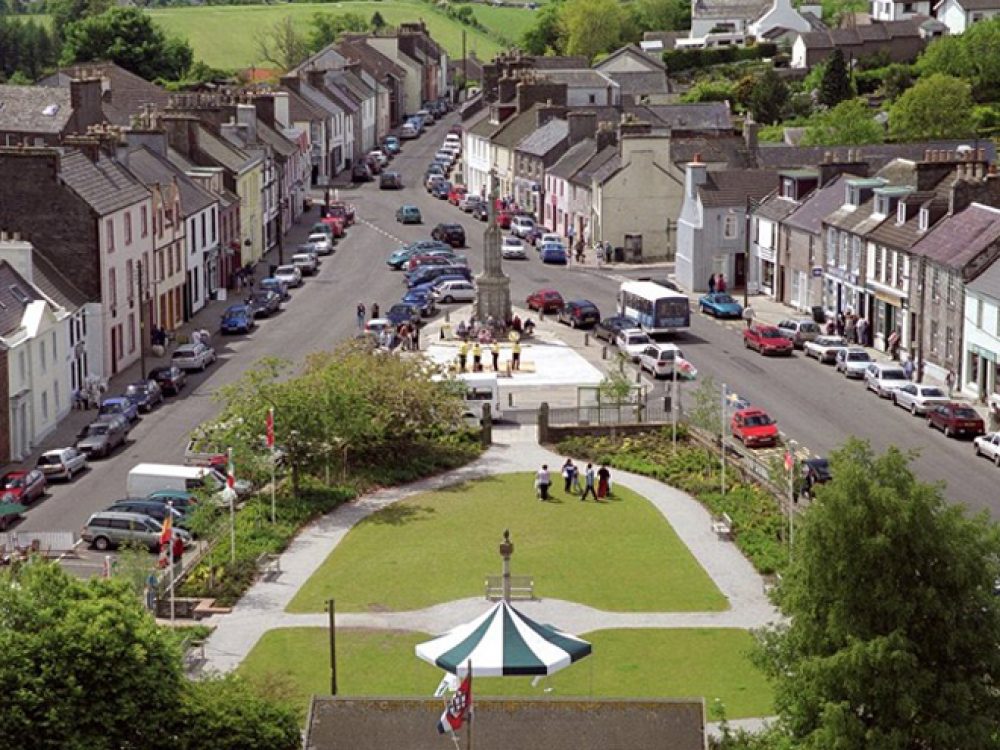
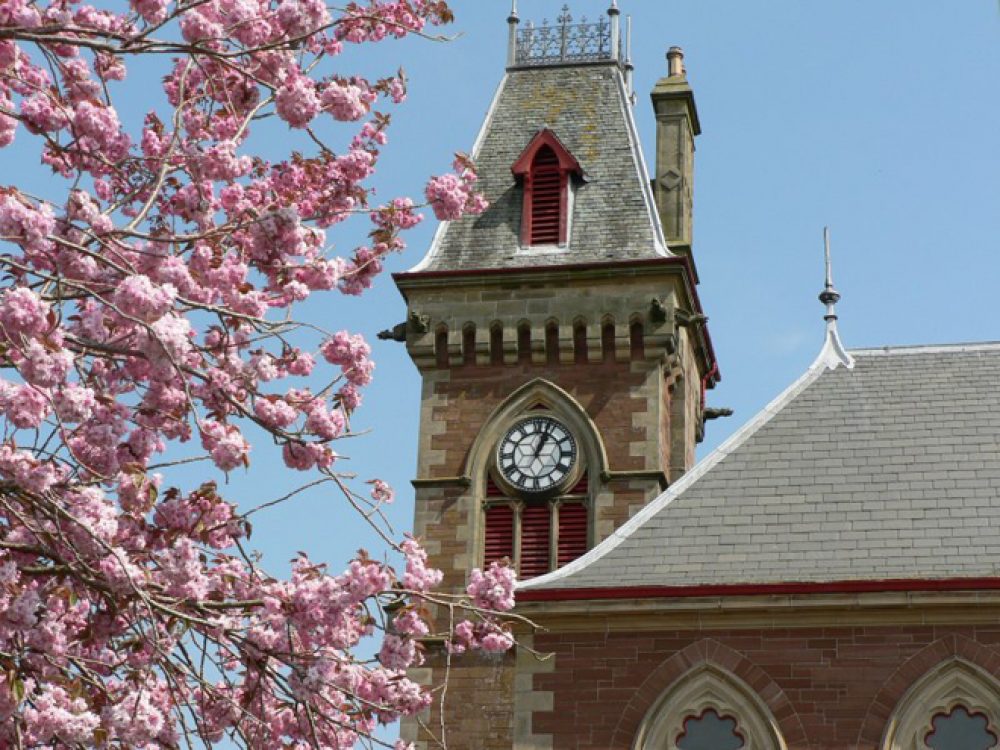
The annual Wigtown Book Festival was one of the first products of the Book Town initiative. Now 20 years old, it continues to pull in big audiences to hear a varied selection of authors.
The Festival now employs a small professional staff and over 100 volunteers, who have added a Spring Weekend and a family-focussed Community Festival to the annual programme, together with music, film, theatre, art and a weekly market from Easter through the summer.
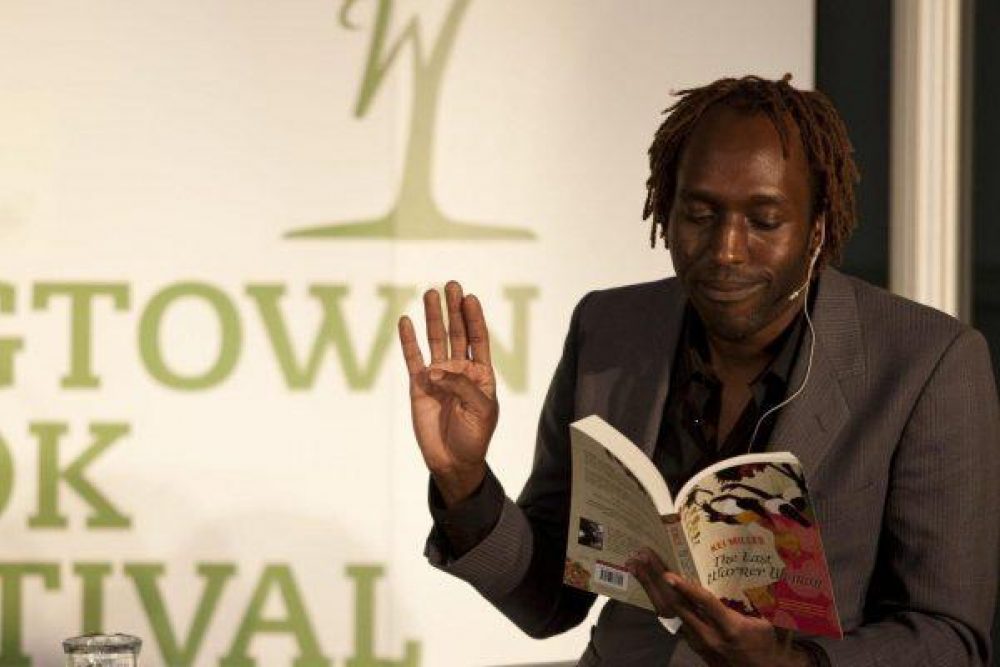
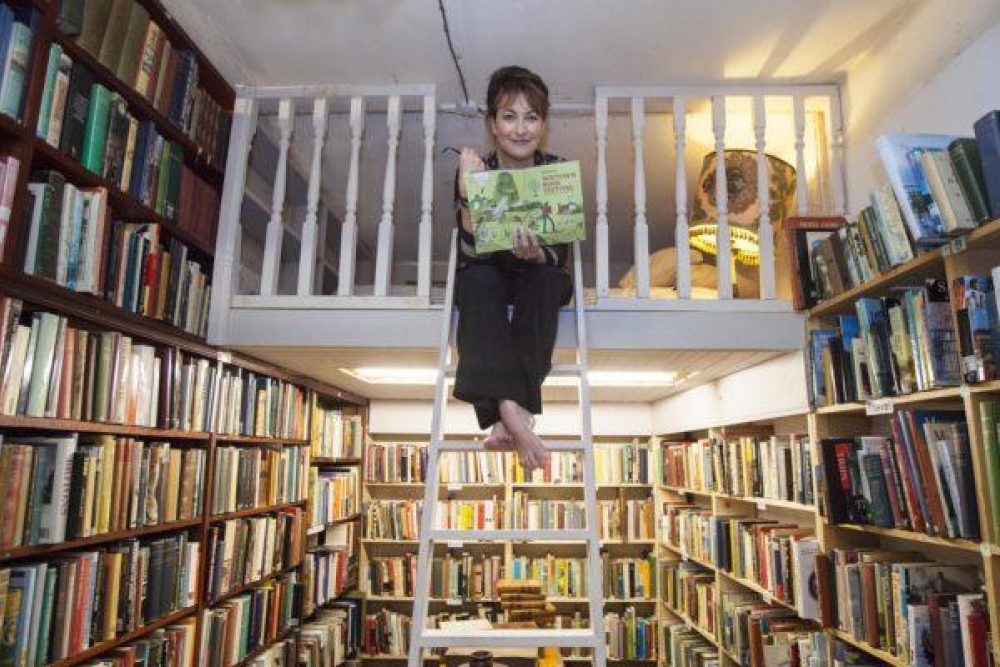
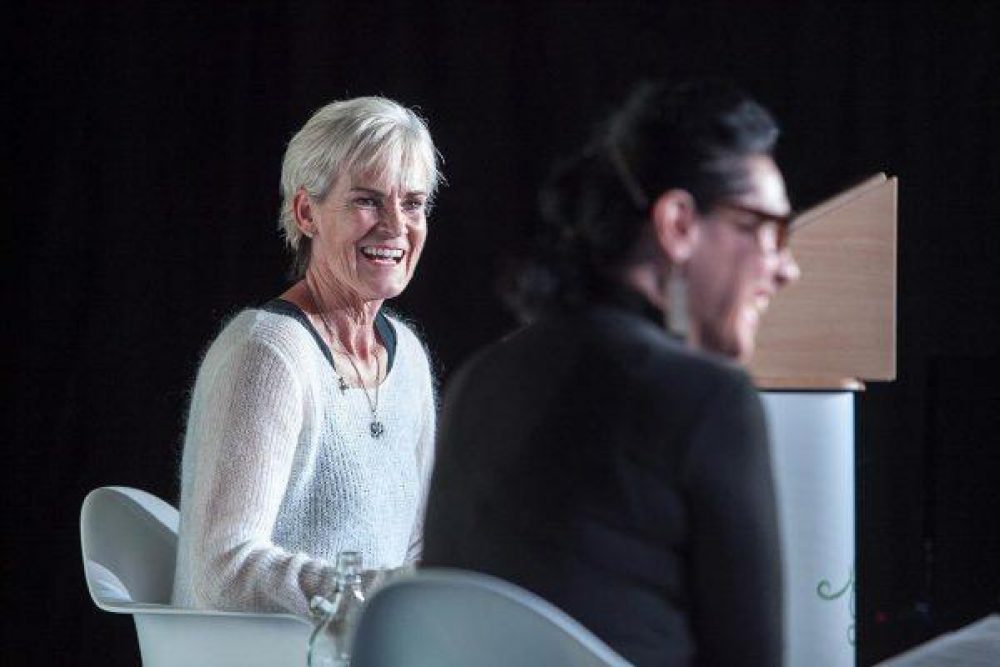
Continuing to win awards and funding bids has been a key part of Wigtown’s strategy. For example, winning a Creative Places Award in 2012 came with a grant of £50,000 which enabled the development of a residential creative writing course and the annual Whithorn Lecture.
All this is evidence that community spirit is alive and well in the town, and promises that Wigtown will indeed continue to flourish.
“It may only have a population of 1000, but Wigtown doesn’t just punch above its weight when it comes to attracting big-name authors to its annual book festival, it punches above pretty much everybody else’s weight, too.”
— Roger Cox, The Scotsman